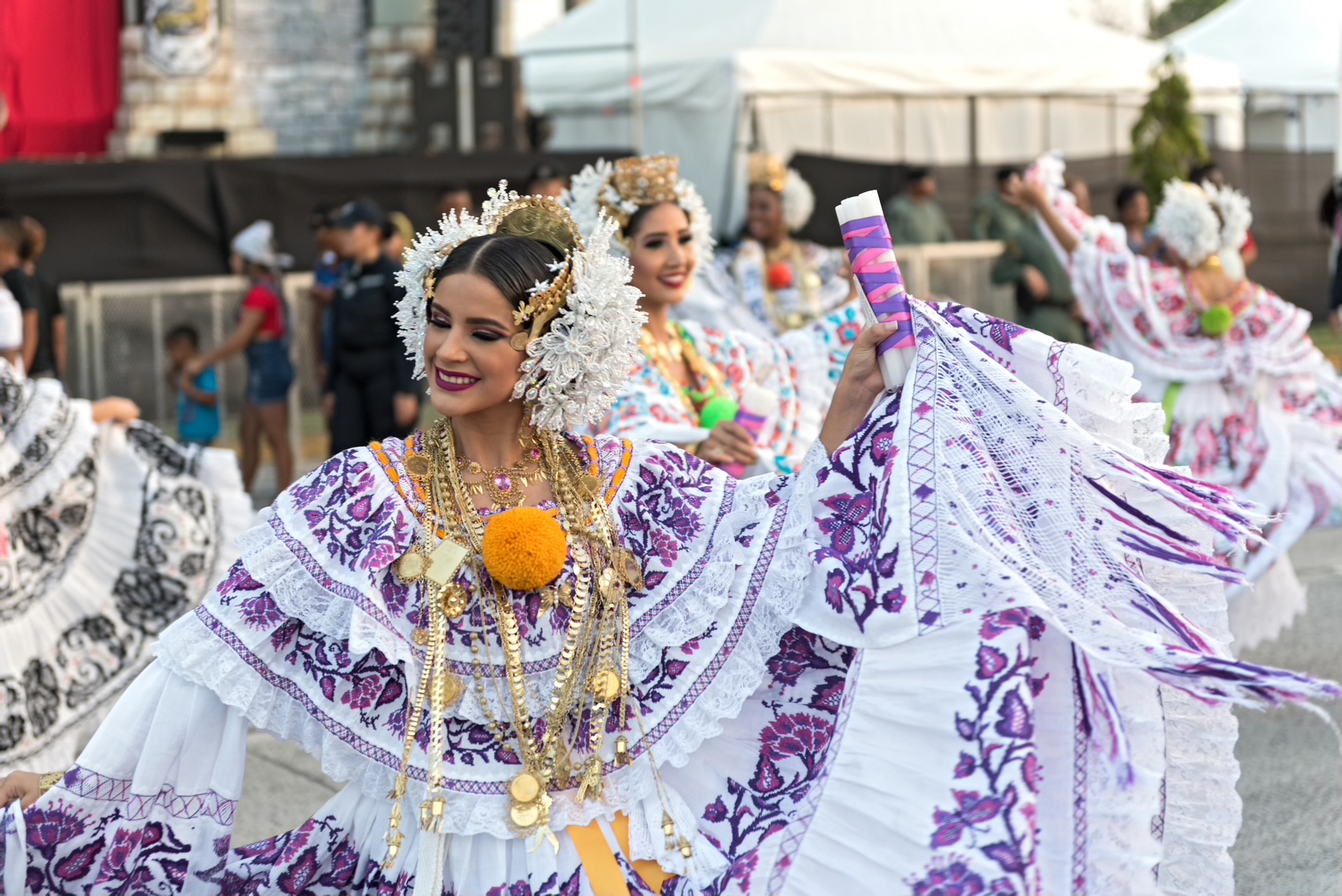-
 Honoring and safeguarding the Intangible Cultural Heritage (ICH)WMAs Americas regional head office in the United States shall host annual awards and select winners. The regional awards are the gateways to the global awards. Entries for the WMAs Americas will be announced in Fall 2022. Filmmakers can submit motion pictures in the awards categories after registration. All motion pictures must be submitted through the country of origin's head office. The requirements for WMAs of Merit are based on the five types of the Intangible Cultural Heritage described in UNESCO’s convention. Motion pictures submitted for the WMAs of Merit must promote, safeguard, and help people understand the importance of the five ICH types. The five ICH types are:
Honoring and safeguarding the Intangible Cultural Heritage (ICH)WMAs Americas regional head office in the United States shall host annual awards and select winners. The regional awards are the gateways to the global awards. Entries for the WMAs Americas will be announced in Fall 2022. Filmmakers can submit motion pictures in the awards categories after registration. All motion pictures must be submitted through the country of origin's head office. The requirements for WMAs of Merit are based on the five types of the Intangible Cultural Heritage described in UNESCO’s convention. Motion pictures submitted for the WMAs of Merit must promote, safeguard, and help people understand the importance of the five ICH types. The five ICH types are:
-
 Oral traditions and expressions: These are proverbs, riddles, tales, legends, myths, epic songs and poems, charms, chants, songs, and more. Performing arts: It can include music, dance and theatre, pantomime, songs, and other forms of artistic expression passed down from generation to generation. Social practices, rituals, and festive events: These activities structure the lives of communities and are shared by members—for example, initiation rites, burial ceremonies, seasonal carnivals, and harvest celebrations. Knowledge and practices concerning nature and the universe: These refer to know-how and skills that communities have developed by interacting with their natural environments and expressing language, memories, spirituality, or worldviews. Traditional methods of architecture, agriculture, cattle-breeding, and cuisine are among the related elements. Traditional craftsmanship: It may sound “tangible,” but it refers to the skills and knowledge involved in craftsmanship than the products themselves. Examples include pottery, woodwork, jewelry, precious stones, embroidery, carpet weaving, musical instrument production, weaving, fabric production, and more.
Oral traditions and expressions: These are proverbs, riddles, tales, legends, myths, epic songs and poems, charms, chants, songs, and more. Performing arts: It can include music, dance and theatre, pantomime, songs, and other forms of artistic expression passed down from generation to generation. Social practices, rituals, and festive events: These activities structure the lives of communities and are shared by members—for example, initiation rites, burial ceremonies, seasonal carnivals, and harvest celebrations. Knowledge and practices concerning nature and the universe: These refer to know-how and skills that communities have developed by interacting with their natural environments and expressing language, memories, spirituality, or worldviews. Traditional methods of architecture, agriculture, cattle-breeding, and cuisine are among the related elements. Traditional craftsmanship: It may sound “tangible,” but it refers to the skills and knowledge involved in craftsmanship than the products themselves. Examples include pottery, woodwork, jewelry, precious stones, embroidery, carpet weaving, musical instrument production, weaving, fabric production, and more.
Elements of this heritage are integral parts of life in rural/urban areas and among Indigenous peoples. Only motion pictures that contain these elements will be considered for the WMAs.
